Over time, coffee brewing techniques have evolved from simple boiling methods to more complex and sophisticated processes.
Today, there is a wide variety of coffee brewing techniques available that allow people to customize their cups of coffee according to their individual preferences.
This detailed article will look at the evolution of coffee brewing techniques. Read on to find out more.

An Overview In The Evolution Of Coffee Brewing Techniques
The evolution of coffee preparation has been an intriguing journey, taking us from ancient civilizations to modern barista culture and everything in between. The earliest brewing methods were much more straightforward than those used today, relying on basic ingredients such as spices and sugar combined with boiled water and ground beans.
As time progressed, people began using various tools to refine the process—such as pestle-and-mortar for grinding beans or a cezve pot for boiling the water—allowing them to explore different methods that would bring out more flavor from their brews.
In the mid-1800s, new inventions like the French press and percolator allowed for greater control over extraction time and added convenience to the process. By the early 20th century, automatic drip machines became commonplace in cafes around Europe—ushering in an exciting era of experimentation with various roasts and blends that could be brewed quickly at scale.
We have recently seen a resurgence of manual brewing techniques, such as pour-over coffees or cold brews, that aim to recreate some of those traditional flavors while exploring bolder combinations suitable for modern tastes.
Early Coffee Brewing Methods
The ancient method of coffee brewing in Ethiopia, where the coffee plant originated, is believed to be an infusion of ground beans and boiling water. Arabian methods, which gave birth to the modern-day coffeehouse, were a variation of this traditional technique with the addition of spices and aromatics.
Traditional Turkish coffee preparation is distinguished by its unique techniques, including grinding the beans into an ultra-fine powder and slowly simmering it until a thick foam appears on top of the beverage.
A Description Of Ancient Ethiopian Coffee Brewing
Ancient Ethiopian coffee brewing is a process of preparing a beverage that has been around for many years. It involves several steps, beginning with collecting ripe coffee cherries and roasting them over a fire. The roasted beans are then crushed and boiled in water until a thick liquid is formed.
In some parts of Ethiopia, this liquid is poured into large clay jugs and allowed to cool before it can be served. This preparation method was believed to enhance the flavor and aroma of the beverage and its medicinal properties.
Another method used in ancient Ethiopia was to grind up the roasted beans with a mortar and pestle and mix them with spices such as garlic, ginger, cardamom, clove, or cinnamon. This mixture would then be boiled with milk or water for several hours until a thick paste was created. The paste would often be mixed with honey or sugar before being served hot or cold as desired.
Regardless of the preparation method used, Ethiopians have long enjoyed their beloved coffee beverage using techniques passed through the generations since ancient times.
Arabian Methods, Focusing On The Birth Of The Coffeehouse
In the Middle East, the origins of the coffeehouse can be traced back to the 15th century, ushering in a new era of socialization and cultural exchange. According to historical records, coffeehouses began popping up in cities like Mecca and Cairo around this time.
Coffeehouses served as places where people could gather to share news, debate political issues, listen to music and poetry readings, or engage in other activities.
With the birth of these establishments came a newfound appreciation for the coffee itself; it was consumed not just for its energizing effects but also as a way to socialize with friends and strangers alike. The popularity of coffeehouses quickly spread throughout Muslim countries and into Europe by the 17th century, providing an opportunity for diverse cultures to connect through their shared love of coffee.
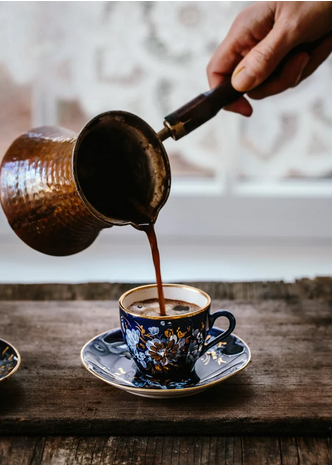
Exploration Of Traditional Turkish Coffee Preparation
Traditionally, the intricate process of preparing Turkish coffee has been seen as a reflection of the adage ‘the devil is in the details.’ Making authentic and traditional Turkish coffee requires finely ground dark-roast coffee beans, cold water, and a small pot known as Cezve.
The process begins by pouring cold water into the Cezve with two teaspoons of sugar per cup. Next, an appropriate amount of finely ground dark-roast coffee beans are added to the mixture. The Cezve is then placed on low heat and stirred slowly until foam appears at the top. Once this occurs, the mixture should be removed from heat before it boils over and served immediately in small cups.
The preparation of Turkish coffee is both art and science because every step must be performed correctly for optimal flavor and aroma. If brewed improperly, it can result in bitter or acidic flavors that will not taste or smell pleasant. It’s important to note that after brewing, one should allow time for sediment to settle at the bottom of each cup before drinking to enjoy its full flavor potential.
As such, making Turkish coffee requires patience and careful attention – two essential elements for creating any delicious beverage.
The Advent of Coffee Brewing in Europe
During the 17th century, coffee was introduced to Europe and quickly grew in popularity, leading to a wave of new coffee houses that served as hubs of cultural and political exchange – an adage that rings true today is ‘Where there’s a will, there’s a way.’ This surge in demand for coffee created an opportunity for entrepreneurs to establish themselves as purveyors of this exotic beverage.
Coffee houses were established in many major European cities and became popular gathering places for intellectuals, artists, merchants, and politicians. These establishments served as centers for social interaction and provided patrons with a place to engage in lively debates about current topics or enjoy a cup of freshly brewed coffee.
The introduction of coffee greatly impacted European culture. It inspired a newfound curiosity among Europeans, facilitating the exchange of ideas from different countries. Furthermore, it gave rise to the concept of leisurely conversation, which had previously been frowned upon by many cultures.
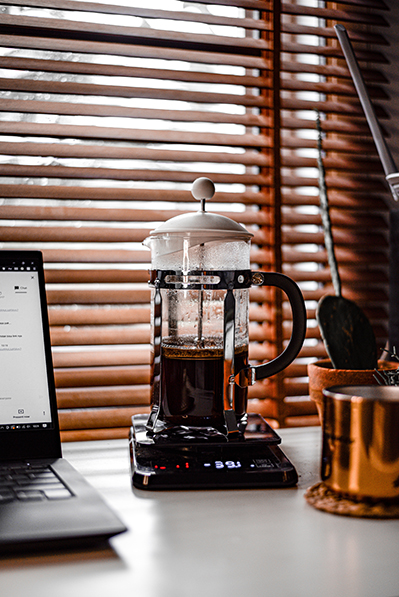
The growing acceptance of leisurely conversation helped strengthen social bonds between people from various backgrounds who may have otherwise not interacted with each other; playing an important role in creating the foundations on which modern European society stands today.
Development Of The French Press Brewing Method
With a certain level of finesse, the French Press brewing method has become an iconic way to experience coffee’s unique flavors and aromas. The origin of this brewing method is attributed to the Italian designer Attilio Calimani in 1929. Its convenience and simplicity quickly spread throughout Europe and North America with great success.
The French Press entails immersing coarsely-grounded beans in hot water for approximately four minutes before pushing down a plunger that filters out the grounds. This process ensures that all essential oils are released from the beans into the cup, resulting in a rich and full-bodied flavor with an intense aroma.
Additionally, French Presses come in various sizes so that users can make small servings or large batches depending on their needs and preferences.
Overview Of Italian Innovations: The Birth Of Espresso
Italian engineers created the first espresso machines in the late 19th century, revolutionizing coffee consumption. The device allowed users to brew robust and concentrated coffee quickly by forcing hot water through finely-ground beans. This extraction method is unique due to its combination of pressure and time. It produces a beverage that can be enjoyed as an espresso or used as a base for other drinks like cappuccinos or lattes.
The development of Italian espresso machines helped popularize coffee worldwide in ways that had never been seen before. In addition to making it easier to make coffee, these machines also made it faster and more consistent.
Espresso’s popularity grew rapidly throughout Europe and eventually spread globally, becoming one of the world’s most widely consumed drinks. Today, almost every cafe offers some form of espresso-based drink menu and traditional brewed coffees.
Coffee Brewing During The Industrial Revolution
The Industrial Revolution impacted greatly on the way coffee was brewed. The emergence of percolators and vacuum brewers allowed for more efficient brewing methods, while paper filters and the invention of the drip coffee maker revolutionized the process even further.
These developments enabled people to brew coffee in larger quantities with greater ease than ever before, leading to the increased popularity of this beverage worldwide.
Effects Of The Industrial Revolution On Coffee Brewing
During the Industrial Revolution, technological advances revolutionized traditional coffee brewing processes and ushered in new preparation methods. The invention of steam-powered machines allowed for the mass production of coffee beans, which made it easier to access and more affordable for consumers. It led to an increase in coffee demand and a shift from manual labor to mechanization.
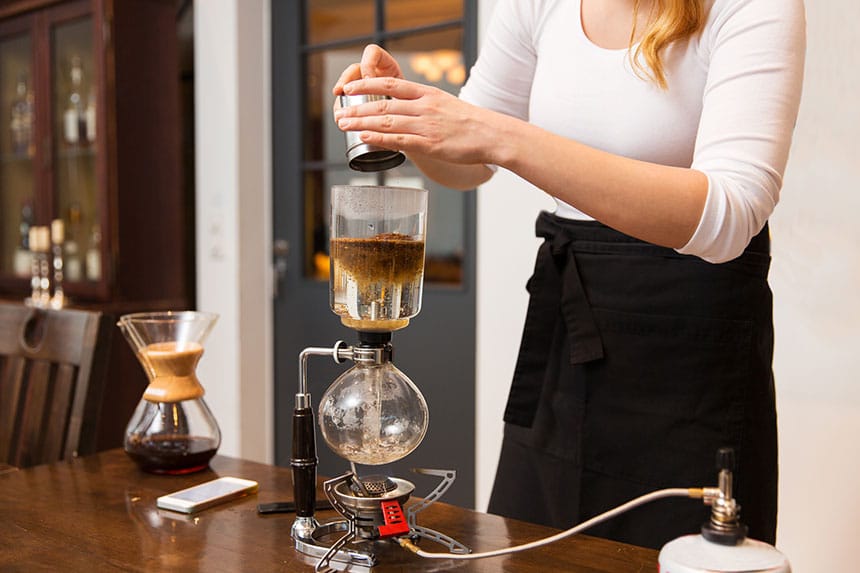
Additionally, introducing vacuum pots and percolators allowed for faster brewing times and improved flavor extraction from the beans. These innovations also enabled people to brew larger batches at once, making serving large groups quickly and efficiently possible.
As a result, coffee consumption increased significantly during this period, leading to a greater appreciation for its taste and aroma.
Emergence Of Percolators And Vacuum Brewers
The emergence of percolators and vacuum brewers during the Industrial Revolution revolutionized coffee brewing, allowing for faster flavor extraction and larger batch sizes. Percolators, first invented in the mid-1800s, used steam pressure to force hot water up a tube into a chamber containing ground coffee. The hot water would then drip back down through the grounds and into a pot below.
Vacuum brewers, on the other hand, used two chambers that were connected by a tube with an airtight seal. When heated, steam would rise from one chamber to another through the tube while passing over ground coffee in between. This process created a vacuum that forced brewed coffee back down into the lower chamber when cooled.
Both percolators and vacuum brewers allowed for more efficient extraction of flavor from ground beans than traditional methods such as boiling or steeping did. Additionally, they could produce larger batches of brewed coffee at once compared to manual methods like French presses or pour-over devices.
These innovations made it easier for people to enjoy freshly brewed cups of coffee quickly and conveniently during this period in history.
Benefits of Percolators & Vacuum Brewers:
- Faster extraction of flavor
- Larger batch sizes
- More efficient than traditional methods *resulting in a more consistent cup of coffee.
Impact of paper filters and the invention of the drip coffee maker
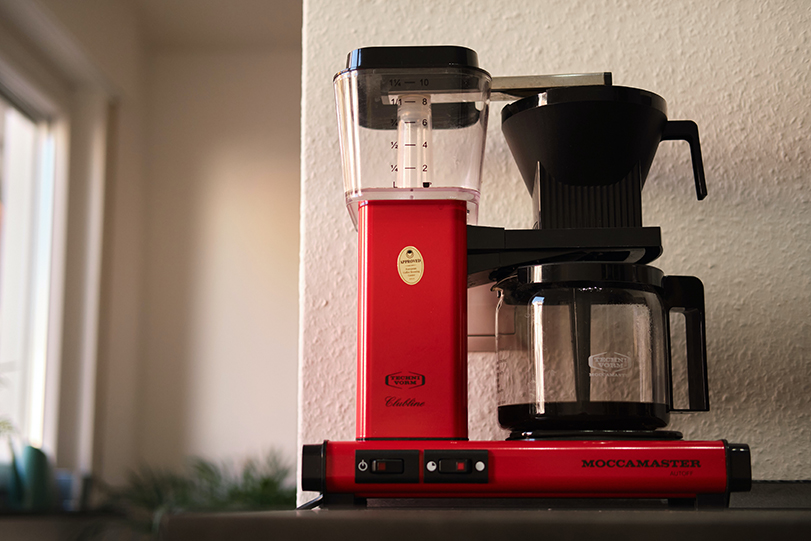
The invention of paper filters and the subsequent development of the drip coffee maker revolutionized coffee brewing, allowing for a more consistent cup of flavor with less sediment.
The paper filter was invented by German housewife Melitta Bentz in 1908 when she used her son’s blotting paper to create a cone-shaped filter that fits into a tin lid. It allowed water to drip through the grounds, resulting in cleaner-tasting coffee as any sediment stayed within the filter.
Several inventors created their version of this method, including an American named Gottlob Widmann, who made a machine called the Wigomat. It was the first known electric drip coffee maker, which are incredibly popular today, which utilize heat from boiling water and can be programmed to dispense specific amounts of hot water onto coffee grounds at precise temperatures over particular periods.
The electric drip coffee make has resulted in consistent quality coffee making results and is a very popular brewing method worldwide.
The Rise of Specialty Coffee and Modern Brewing Methods
In the past few decades, specialty coffee has become an increasingly popular and widely-available alternative to traditional coffee.
The specialty coffee movement has coincided with modern brewing techniques, such as pour-over, AeroPress, and Chemex. These methods allow for greater precision in extraction than previously possible, resulting in a more flavourful cup of coffee.
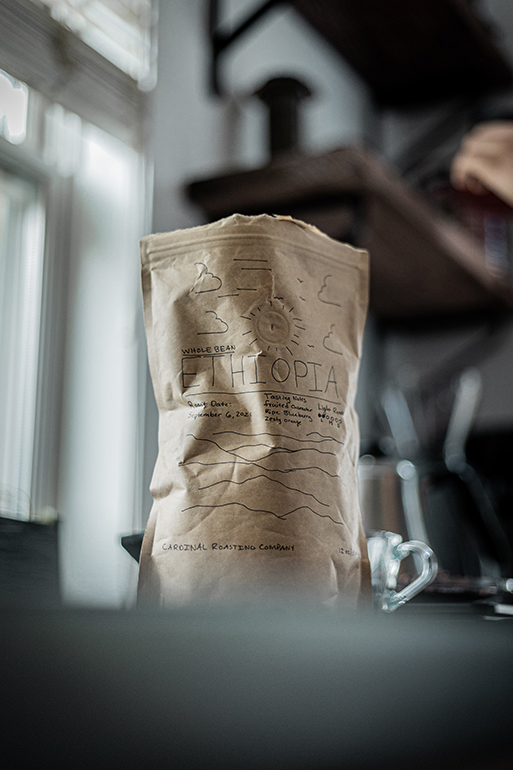
Additionally, advancements in espresso machine design have enabled baristas to make more consistent shots with improved crema quality.
Overview of the specialty coffee movement
Specialty coffee has become increasingly popular, with the number of specialty coffee shops in the US.
The growth is attributed to numerous factors, including an increased focus on quality, sustainability, and ethical sourcing. Specialty coffee is any type grown in a specific region or country and processed using unique methods. It also includes coffees that are roasted to order for customers who want a unique flavor profile.
The specialty coffee movement has been driven by both consumers and producers alike:
- Consumers have become more aware of the differences between different types of coffee and have sought out higher-quality products from smaller roasters.
- Producers have responded by investing in better equipment, training their staff in proper brewing techniques, and focusing on sustainable practices such as organic farming and fair trade agreements with farmers.
As a result, specialty coffee has become an important part of the global economy, providing jobs for thousands of people worldwide while helping preserve traditional cultures through its production methods.
Examining Modern Brewing Techniques: Pour-Over, AeroPress, Chemex
Modern brewing techniques, such as pour-over, AeroPress, and Chemex, have become increasingly popular among specialty coffee enthusiasts for producing high-quality results.
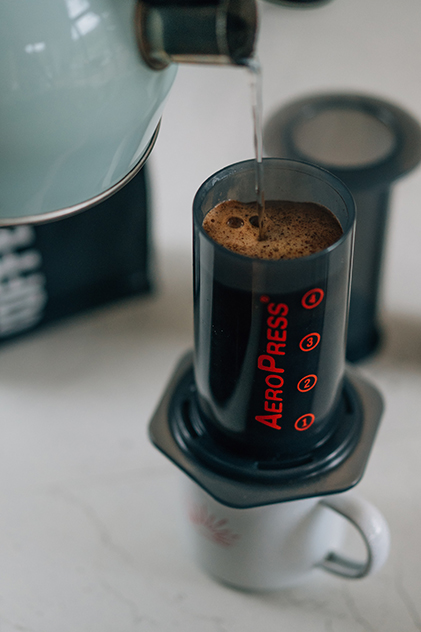
Pour-over brewing
When hot water is poured over the ground coffee beans in a filter.The filtered liquid then passes through the bed of grounds and collects in a carafe or mug below it. This method produces a cup of coffee with excellent clarity and flavor extraction due to the even water distribution throughout the grounds.
AeroPress
Another modern brewing technique that has recently gained popularity. It involves an inverted plunger system to press down on freshly brewed coffee grounds. This results in a concentrated shot used as espresso or added to hot water for an Americano-style beverage. This method offers more control than traditional drip methods, allowing users to adjust the strength and taste of their coffee with precision.
Chemex
Increasingly popular due to its unique design, combining glass beakers with specially designed filters for optimal flavor extraction when making pour-over style beverages.
When done correctly, all three methods offer exceptional results and are preferred by many specialty coffee aficionados worldwide.
Discussion on the improvements in espresso machines
Advances in espresso machine technology have opened up a world of possibilities for coffee connoisseurs, giving them unprecedented control over the flavor and strength of their favorite brews. From increased automation to adjustable pressure settings, modern espresso machines are no longer just for baristas; they are designed to give everyday users the power to make consistently high-quality espressos at home.
Here are some improvements that have been made to modern espresso machines:
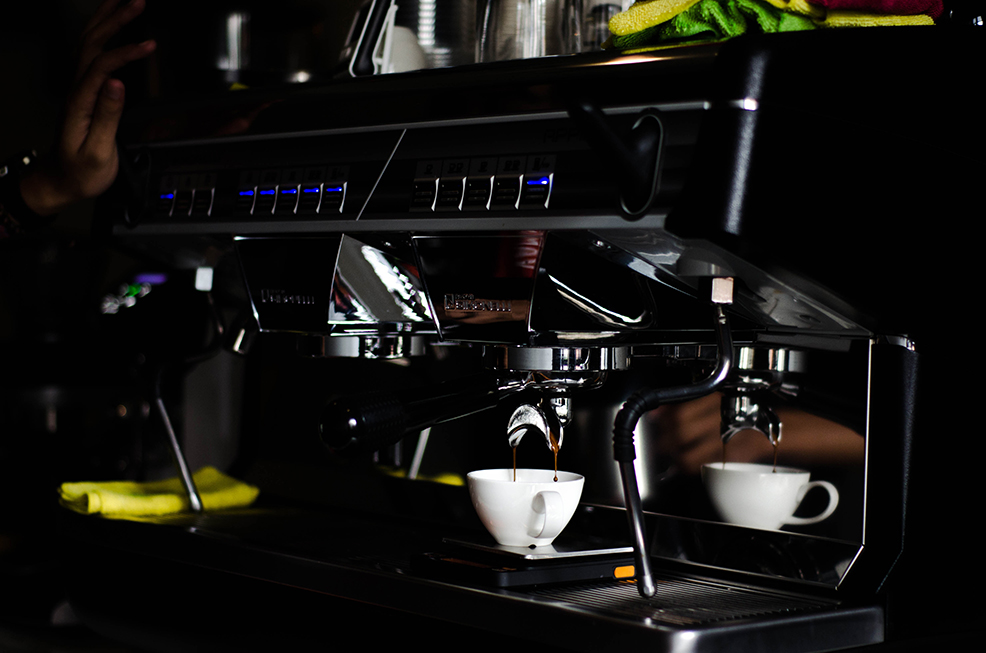
- Temperature Control: Many modern espresso machines offer precise temperature control, allowing users to customize their drinks according to their taste preferences. It allows for an improved extraction process that preserves the delicate flavors of the beans without burning them.
- Pressure Settings: Advanced models allow you to adjust the pressure level used during the extraction process, resulting in a more balanced cup of espresso with greater complexity and depth of flavor.
- Grinder Integration: Some high-end models feature built-in grinders, which allow users to quickly grind fresh beans right before brewing for maximum freshness and flavor intensity.
- Automation: Automated features such as pre-programmed shot volumes and automated cleaning cycles make it easier than ever before for users to enjoy delicious espressos without having years of experience as a barista or spending countless hours learning how to use a manual machine.
Overall, these improvements have allowed for greater user flexibility and convenience while producing consistently better results than older versions, making it easier than ever before for anyone who loves coffee to enjoy quality espressos at home or on the go!
Future of Coffee Brewing
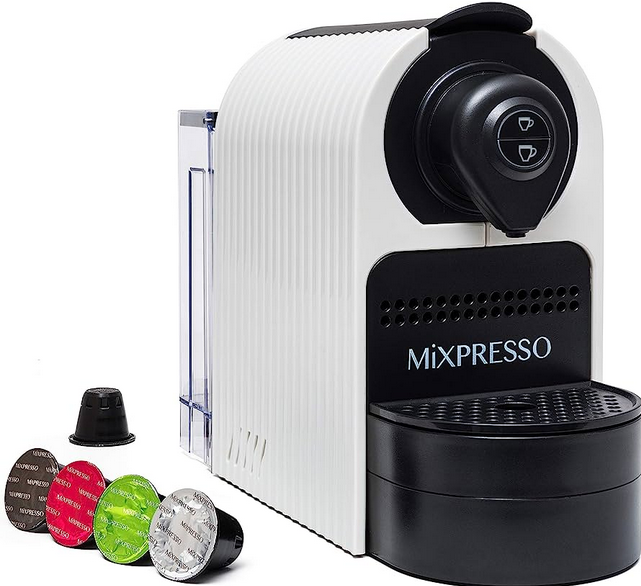
Recent innovations in coffee brewing technology have provided an avenue for exploration and discussion on the trends of coffee brewing, such as sustainability. Furthermore, this has encouraged speculation on what the future of coffee brewing techniques may look like.
As a result, further research into these areas is necessary to understand the potential implications of new technologies and trends in the industry.
Exploration of recent innovations in coffee brewing technology
Innovations in the technology of beverage preparation have provided an ever-increasing range of methods to produce a satisfying cup. In recent years, coffee brewing techniques have been explored to identify new and exciting ways to enjoy this beloved caffeinated beverage.
The focus has been on:
- Developing machines that offer more convenience for the user;
- Automated drip coffee makers, single-serve espresso makers, and capsule machines.
- Expanding the variety of flavors available;
- Cold brew systems, pour-over brewing stations, and French press systems.
These innovations have allowed consumers to customize their cups with unique flavor profiles which can be tailored to individual tastes. Furthermore, these advancements have made it possible for people from all walks of life to enjoy delicious coffee without spending a fortune or having experience in barista skills. All in all, recent innovations in coffee brewing technology are making it easier for people worldwide to enjoy a delicious cup of coffee!
Growing Trends In Coffee Brewing, Such As Sustainability
As the demand for coffee continues to rise, so does the need for sustainable brewing practices prioritizing environmental protection and ethical sourcing.
A significant trend in recent years has been towards a more environmentally conscious approach to coffee production and consumption, which has seen an increase in organic farming methods, direct producer-consumer relationships, and ethical Sourcing of ingredients.
Using eco-friendly materials such as reusable filters, biodegradable packaging, energy-efficient equipment and recyclable containers are all common elements of sustainability-focused coffee brewing techniques.
Additionally, many cafes now offer discounts or special offers to customers who bring their reusable cups or mugs when ordering their drinks. The following table provides an overview of some key sustainability trends in modern coffee brewing:
| Trend | Description |
|---|---|
| Organic Farming | Refers to the practice of producing food without using synthetic fertilizers or pesticides. |
| Ethical Sourcing | Involves buying products from suppliers who have fair labor practices and provide safe working conditions. |
| Reusable Filters & Packaging Materials | Utilizing materials that can be reused multiple times rather than single-use items. |
| Energy Efficient Equipment & Recyclable Containers | To reduce the environmental impact by using less energy while still providing quality brewed beverages, and utilizing recyclable containers to reduce the amount of waste sent to landfills. |
Speculation On The Future Of Coffee Brewing Techniques
As the demand for specialty coffee drinks continues to grow, so will the need for more sustainable and innovative brewing techniques. Developing new brewing methods is essential to meet the ever-changing needs of consumers.
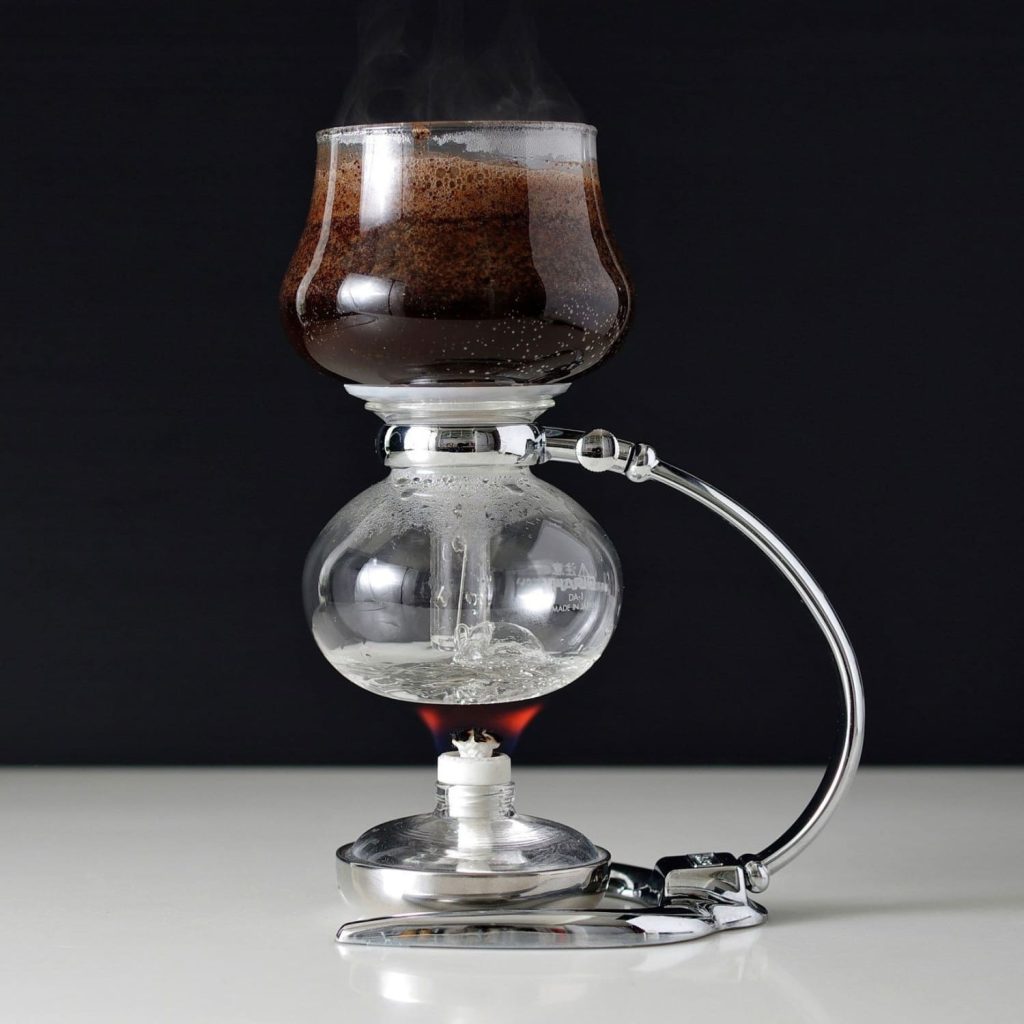
In recent years, there has been an increase in the use of pour-over and cold brew methods, which are considered more sustainable than traditional drip coffee makers. Additionally, many companies have begun experimenting with alternative brewing techniques, such as vacuum pots and siphons that require less energy and water than traditional methods.
The future of coffee brewing will likely involve combining traditional and modern techniques. As technology advances, new machines will probably be developed to produce high-quality coffee with minimal environmental impact.
Additionally, there may be a growing focus on sustainability within the industry, leading to further innovations in how coffee is brewed.
Ultimately, it is clear that the future of coffee brewing will involve combining old and new techniques to meet consumer demands while reducing its environmental footprint.
A Recap: Evolution Of Coffee Brewing Methods
Charting a journey from early iterations to modern advancements, the evolution of coffee brewing methods has been an intricate and captivating exploration. From the simple French press to the more complex vacuum pot and siphon brewers – each technique has unique characteristics that affect the final flavor. These techniques can be broken down into three main types:
- Manual brewing: This includes methods such as pour-over, French press (cafetière), moka pot, cowboy coffee, and cold brew.
- Semi-automatic brewing: This includes espresso machines, capsule machines (such as Nespresso), or bean-to-cup machines equipped with grinders that provide consistent doses of ground coffee for extraction.
- Automatic drip brewer: The most common type of machine seen in cafes and households around the world today is the automatic drip brewer, which brews coffee through hot water being poured onto ground coffee beans at a precise temperature for a set time before dripping into a carafe below.
Having evolved drastically throughout history, it’s clear that technological advancements have contributed significantly to this process – making it easier than ever before for people to make great-tasting cups of coffee quickly and consistently at home or on the go without having any prior knowledge or skill required.
FAQs
What types of coffee are best for brewing?
Coffee brewing is an art form, and the type of coffee used can significantly impact the brew’s flavor and quality.
Different types of coffee beans are better suited for other brewing techniques, such as French press, pour-over, and cold brew. For instance, medium to dark roast beans work best for French press due to their bold flavors and heavier body, whereas light roast beans create a more delicate cup when brewed with a pour-over method.
Cold brew typically calls for coarsely ground beans that yield smooth, low-acidity flavors without bitterness. As coffee drinkers become more sophisticated in their tastes, they should also become more aware of which types of coffees are best suited for various brewing methods.
What are the health benefits of coffee drinking?
Coffee is a popular beverage consumed for centuries. It contains numerous beneficial compounds, including caffeine, antioxidants, and minerals. Studies have shown that drinking coffee improves mental alertness and focus, reduce the risk of certain diseases such as type 2 diabetes and Parkinson’s disease, and even help with weight loss.
Coffee also contains polyphenols which are known to have anti-inflammatory properties. Additionally, research suggests that regular consumption of coffee may reduce the risk of stroke and some types of cancer.
What is the proper way to store coffee beans?
The optimal storage of coffee beans is critical to preserving the flavor and aroma that makes them so desirable. To ensure the highest quality, it is essential to store beans in an airtight container, away from direct sunlight and sources of heat or moisture.
The container should be made from dark materials such as glass, stainless steel, or ceramic and placed in a cool area with consistent temperatures of below 40 degrees Fahrenheit. For those who want to maximize freshness, storing beans in the freezer can be an effective option; however, this must be done with care, as frequent thawing and refreezing can degrade quality over time.
What kind of equipment is needed for modern coffee brewing?
Modern coffee brewing requires specialized equipment to achieve the desired flavor and texture.
Many home brewers will opt for manual pour-over methods, such as the French press or V60, which allow the user to control the water temperature and grind size. Automatic drip brewers are also popular for their convenience and pre-programmed settings that enable consistent results.
To ensure optimal extraction from freshly ground beans, an electric burr grinder is recommended. Espresso machines require more sophisticated gear with high-pressure pumps, boilers, portafilters, and precision scales to measure ingredients accurately.
The growing popularity of cold brew has inspired several companies to develop dedicated equipment specifically designed for this method of coffee preparation. Regardless of the brewing technique or complexity level involved, having access to quality tools is essential for making delicious coffee at home.

Written by Robbie – Coffee Writer and Researcher at MyCoffeeBeanz.com
Robbie has over 15 years of extensive experience working in the coffee industry in marketing. As a native New Yorker he loves the hustle and bustle of a big city and enjoys nothing more than breaking up his busy day with trips to the nearest coffee shop for a double espresso. Find out more about Robbie
